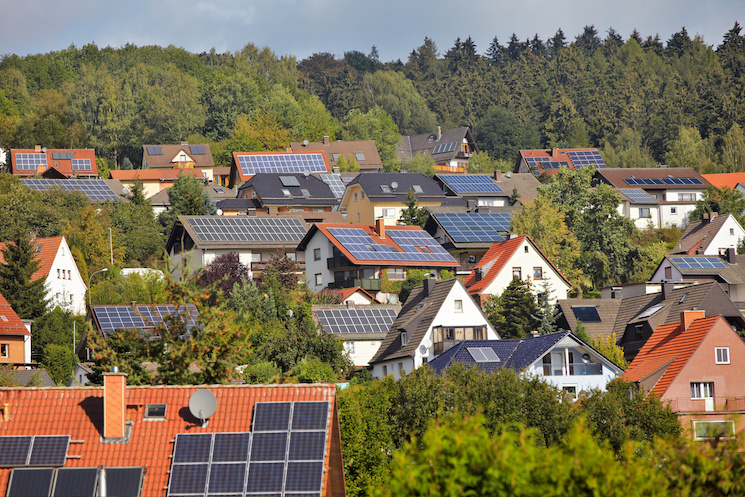October 29, 2014

Cheaper Silicon Means Cheaper Solar Cells
New solar cells that require less silicon to manufacture and can use silicon with more impurities than the current standard have been developed at the Norwegian University of Science and Technology. The less expensive raw materials could potentially lead to a drop in the cost of producing the cells, lowering their overall cost. More
Thermo Nanofluids Could Improve Overall Conductivity of Solar Power Plants
Researchers at the Universitat Jaume I in Valencia, Spain, have developed a nanofluid that improves conductivity at temperatures up to 400°C without requiring extensive remodeling of infrastructure. This technology could prove extremely useful in solar power plants due to its thermal conductivity. More
Cheap African Solar Energy Could Power UK Homes in 2018
Cheap solar energy produced in Africa could be powering UK homes by 2018. Investors are looking to import solar energy generated in North Africa to the UK. The companies involved claim that the electricity will be secure and 20% cheaper than local sources. More
SolarWorld Awarded U.S. Subsidy for Cheaper Solar Cells
SolarWorld, a German solar company, has been awarded a $4 million U.S. subsidy to reduce the cost of manufacturing photovoltaic cells in the United States. The subsidy would cut the cost of producing cells, which would help make solar more competitive with fossil fuels. More
Cheap Solar Cell Could Generate Energy From Sun’s Full Radiation Spectrum
Researchers at the Massachusetts Institute of Technology (MIT) have developed a solar cell capable of producing energy from the sun’s full radiation spectrum. The material can absorb sunlight from a wide range of angles and withstand high temperatures. In addition, at large scales it can be cheap to manufacture. More
Polymers Improve Solar Cell Efficiency
Researchers at the University of Chicago have identified a new polymer that improves the efficiency of solar cells. The polymer allows electrical charges to move easily throughout the cell, boosting efficiency and electricity production. More
Novel Solar Cell Production Could Produce Cheap, Flexible Solar Cells
Danish reseachers at the Technical University of Denmark have developed easily-produced solar cells that are flexible and inexpensive. Two solar cells that each absorb different parts of the solar spectrum are stacked on top of one another in the material, converting more sunlight into electricity. More
Intrinsiq Develops Printed Nanometal Contacts for Solar Cells
Intrinsqiq Materials Inc, a leader in nanotechnology, was awarded $500,000 by the U.S. Department of Energy to develop a solar cell using nickel silicide and copper. Nickel silicide and copper are less expensive than current materials used in solar cell production. Their use will lower energy costs and reduce the overall carbon footprint of producing solar cells. More
Partnership Repurposes Landfills With Solar Energy
ISM Solar Solutions has partnered with Watershed Geo to develop utility-scale solar arrays on closed landfills. This will repurpose landfills into solar power farms, help reduce the costs of solar power, and reduce the need to cut down forests, destroy family farms, or site solar arrays in neighborhoods. More
USA Investing in Nigerian Economic Development, Solar Power
The U.S. government has partnered with Nigeria to develop two 50-megawatt solar power plants to restore uninterrupted power supply to Nigerians. American investors are focusing on helping to develop sustainable energy within the country as a way to both grow the economy and provide reliable power to Nigerians. More




